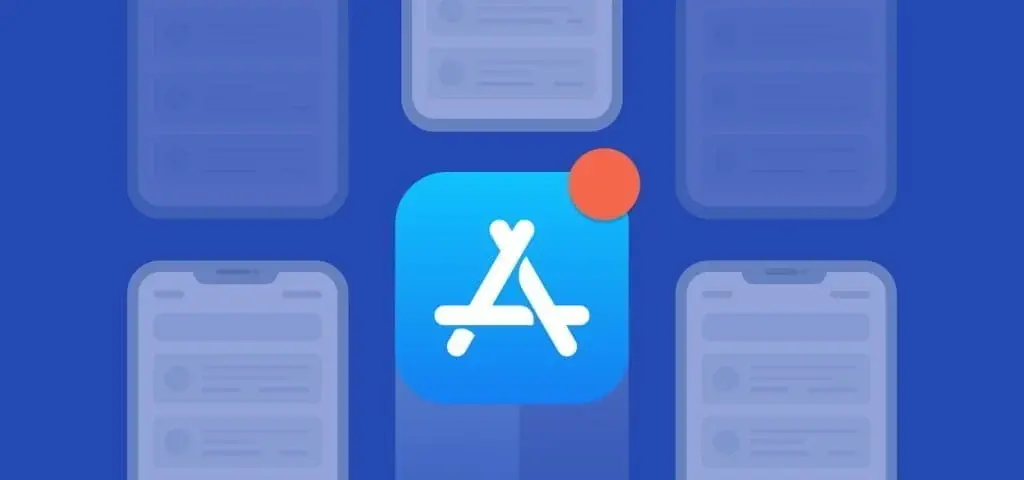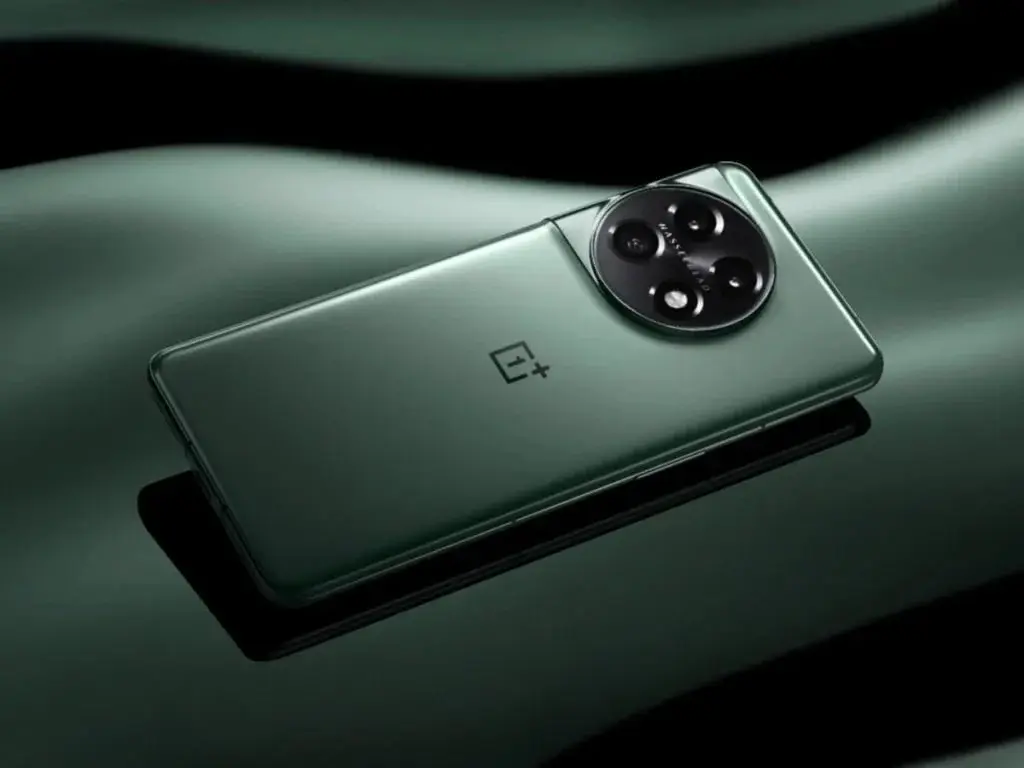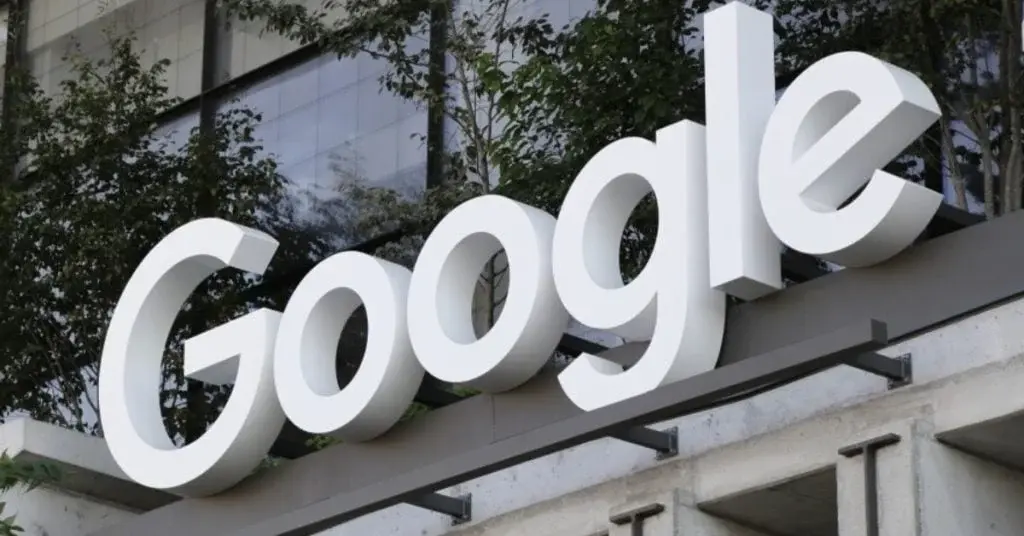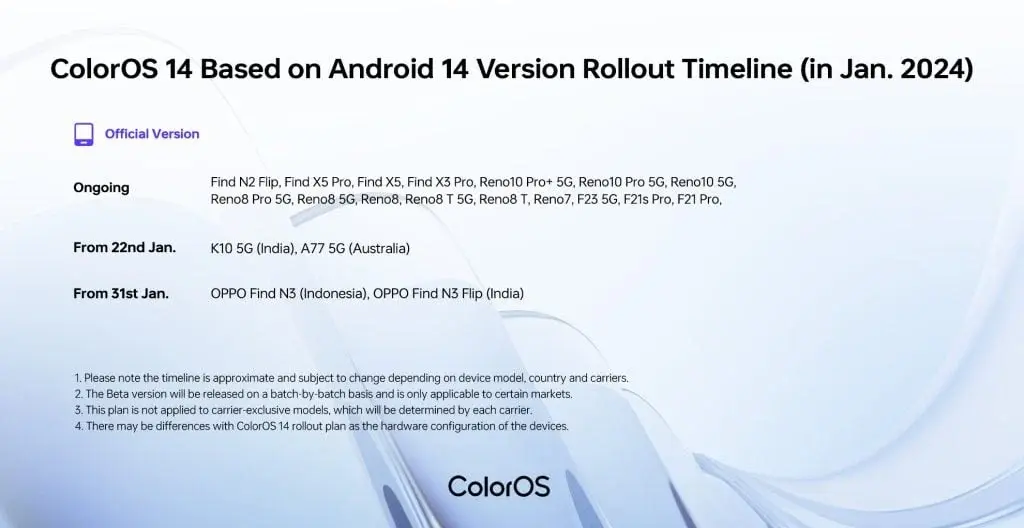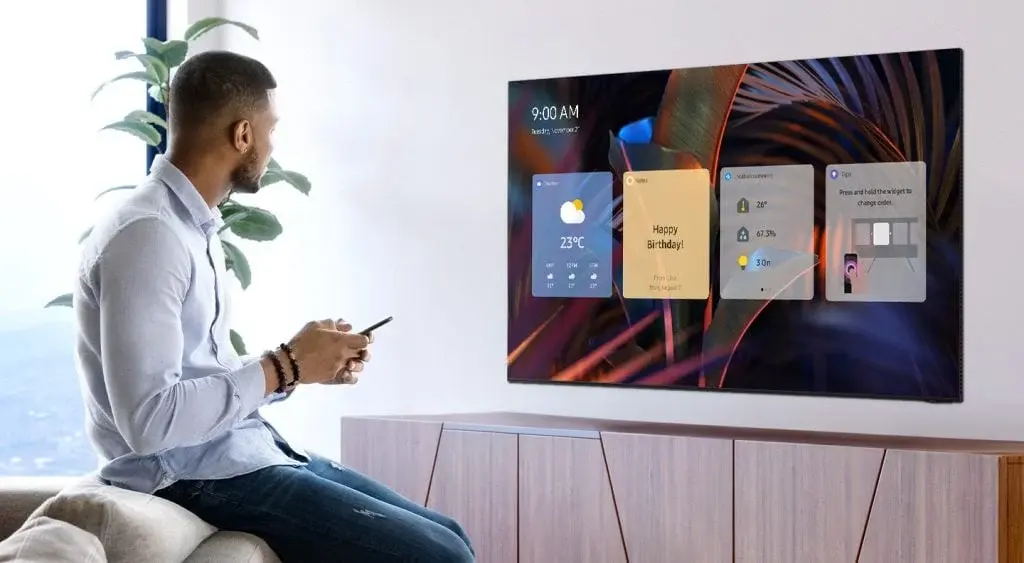Apple Loses Appeal, Developers Can Now Use External Payment Links
In a major blow to Apple, the U.S. Supreme Court has rejected the company's appeal to maintain its 30% commission on in-app purchases. The ruling allows app developers to redirect users to third-party payment platforms, giving them the option to avoid Apple's fees. While this decision is a victory for developers, it raises concerns for smaller businesses who may still face high commissions on alternative platforms.
Apple's Controversial App Store Policy
Apple has long been criticized for its 30% commission on in-app purchases made through the App Store. Many developers argue that this policy leads to revenue losses and allows Apple to reap excessive profits. Despite the backlash, Apple has remained steadfast in its stance.
A Game-Changing Ruling
The recent court ruling changes the game for developers, granting them the ability to link to external payment platforms. This means that major companies like Epic Games, Netflix, and Spotify now have the freedom to establish their own payment systems, bypassing Apple's fees. For these industry giants, this represents a significant opportunity to increase their profits and gain more control over their revenue streams.
Concerns for Smaller Developers
While the ruling benefits larger companies, smaller developers may find themselves in a more challenging position. Without the resources to create and maintain their own payment systems, they will have to continue relying on Apple's in-app payment system or turn to third-party platforms. While these alternative platforms may offer lower commissions, they may still impose fees that could eat into developers' profits.
The Future of App Store Economics
The court's decision marks a significant shift in the dynamics of the app economy. Developers now have more flexibility and choice when it comes to monetizing their apps. It remains to be seen how this ruling will impact Apple's bottom line and whether the company will make any adjustments to its commission structure in response.
In conclusion, the U.S. Supreme Court's rejection of Apple's appeal has opened the door for developers to use external payment links. While major companies stand to benefit from this ruling, smaller developers may face challenges in navigating the new landscape. The app economy is evolving, and it will be interesting to see how this decision shapes the future of the industry.

